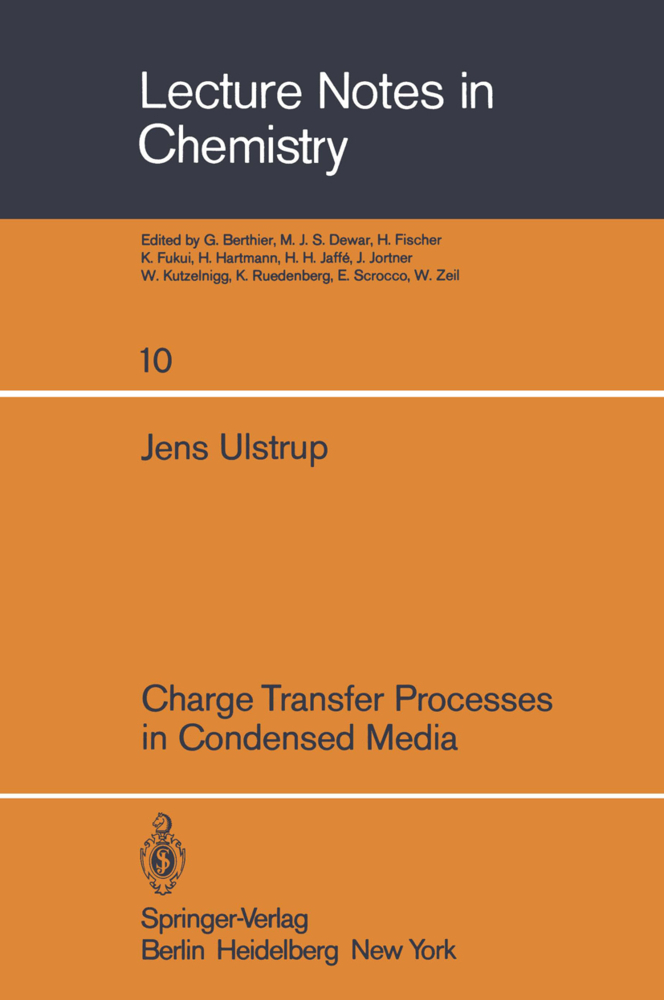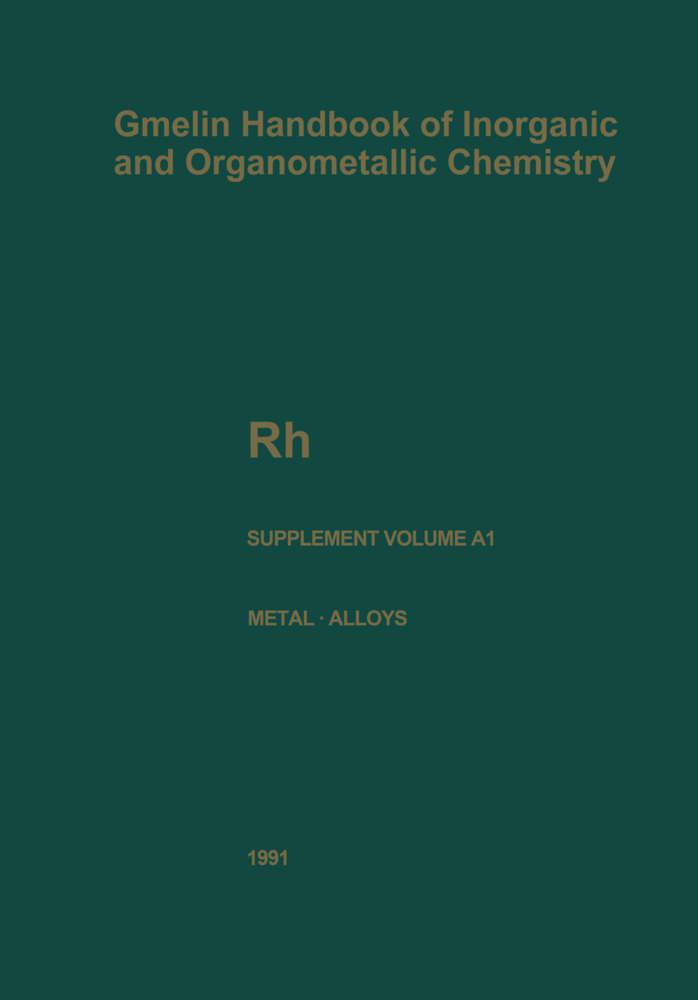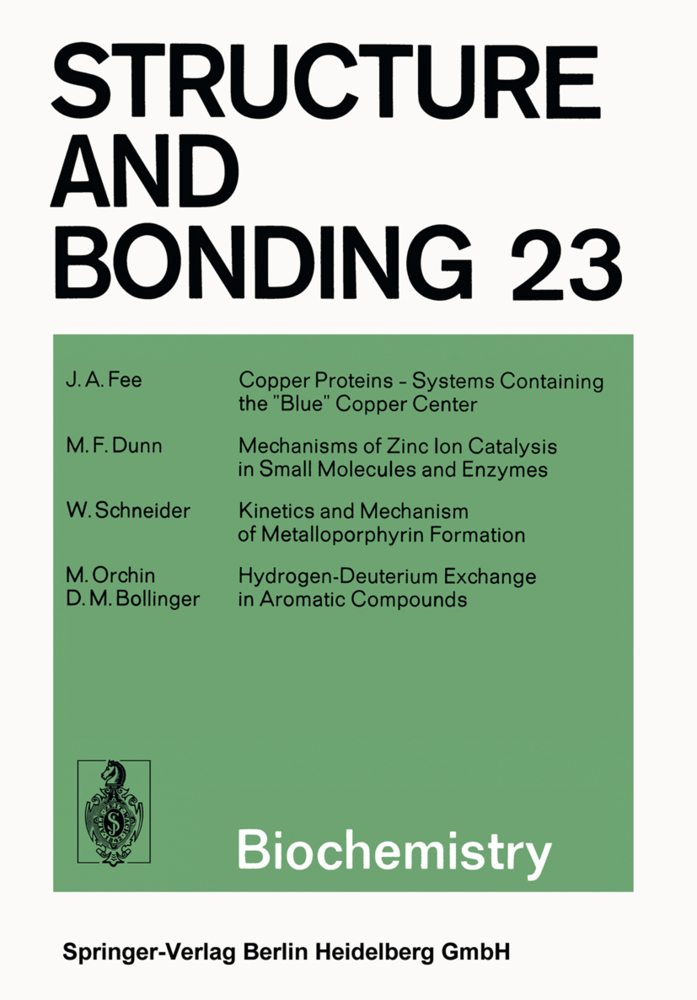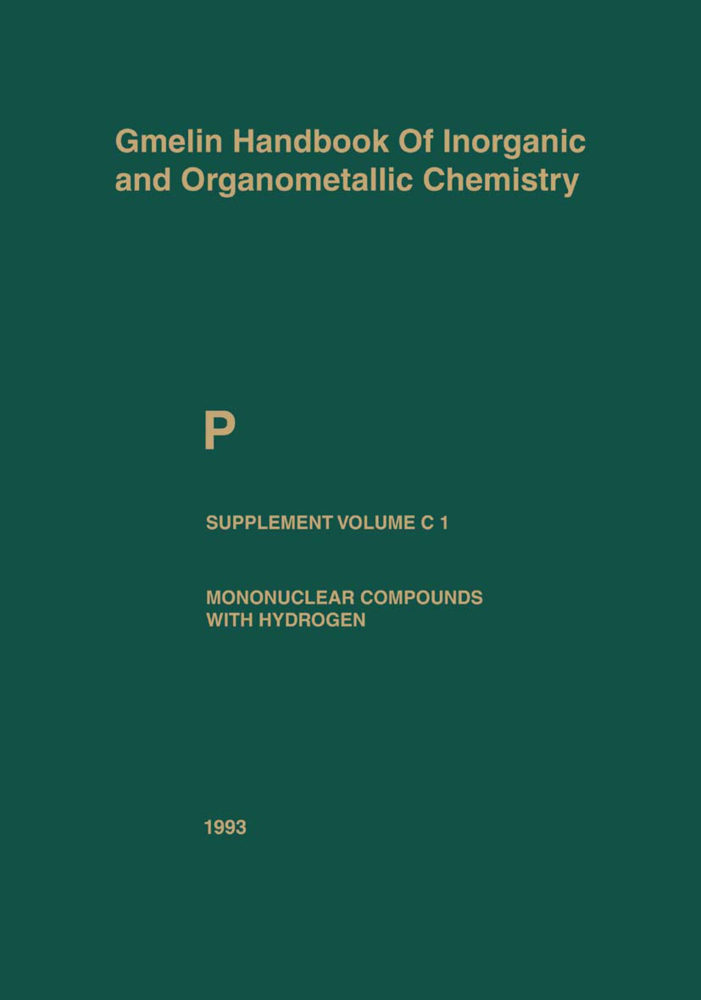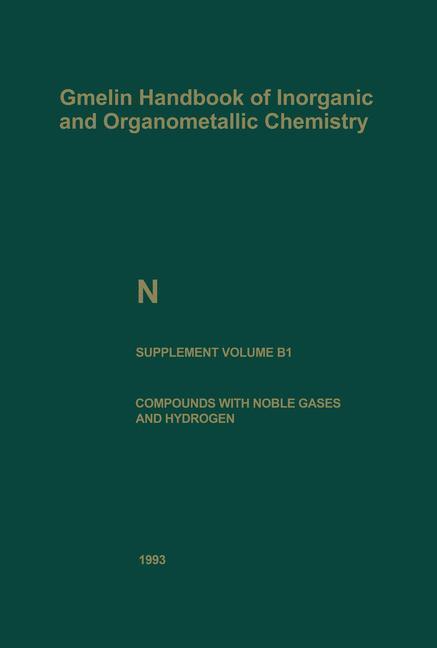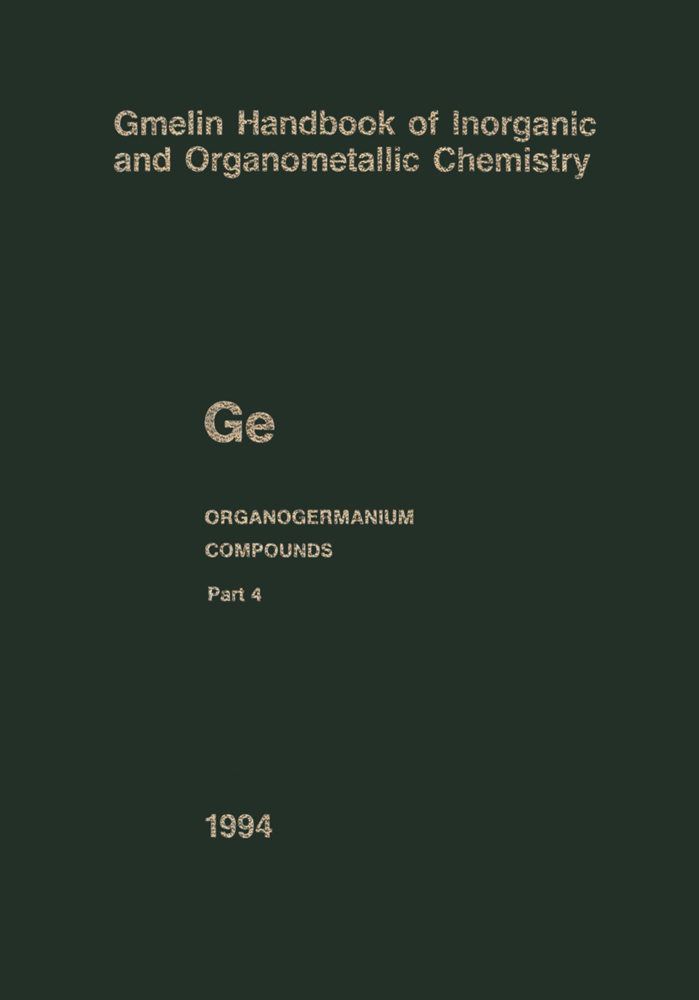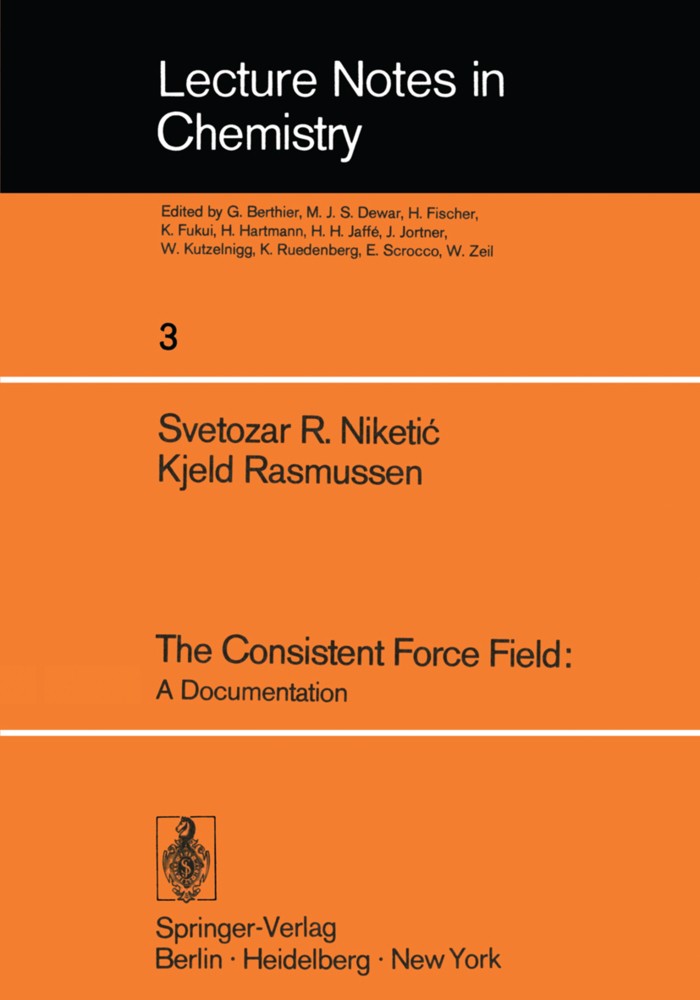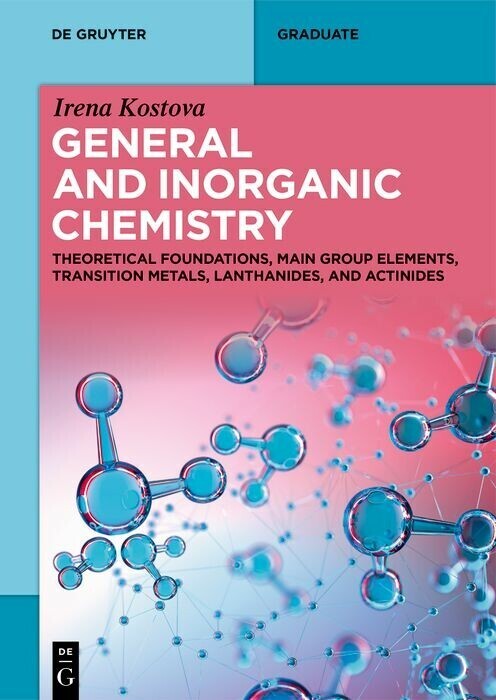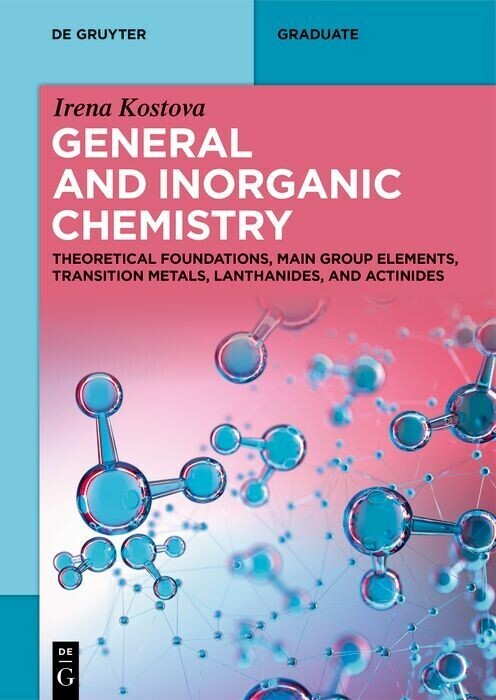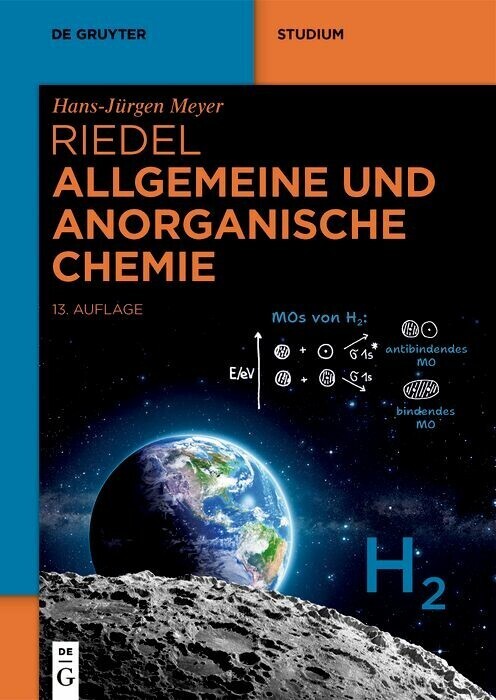Charge Transfer Processes in Condensed Media
Charge Transfer Processes in Condensed Media
Molecules in liquid and solid media are exposed to strong inter action forces from the surrounding medium. The formulation of a comprehensive theory of chemical processes in condensed media is consequently an elaborate task involving concepts from several areas of the natural sciences. Within the las~ two and a half decades very notable results towards the formulation of a 'unified' quantum mechanical theory of such processes have in fact been achieved, and by the variety of physical, chemical, and biological processes which can be suitably covered by this framework, the new theory represents an adequate alternative to the transition state theory. The present work has a two-fold purpose. Firstly, to provide a reasonably organized exposition of some basic aspects of these developments. This part emphasizes the fundamental similarities between chemical and other kinds of radiationless processes and includes the derivation of the most important rate expressions without resorting to involved mathematical techniques. The s- ond major purpose is to illustrate the 'unified' character of the rate theory by analysis of a considerable amount of expe- mental data from both 'conventional' kinetics and from such untraditional areas as low-temperature, strongly exothermic, and biological processes. Particular attention is here given to those systems for which a classical description is inadequate, and which provide a diagnostic distinction between several alternative theoretical approaches.
1.2 Development of Theories for Elementary Chemical Processes
1.3 Chemical Reactions as a Class of Radiationless Processes
2 Multiphonon Representation of Continuous Media
2.1 Nature of Solvent Configuration Fluctuations
2.2 Interaction with Ionic Charges
2.3 Relation to Macroscopic Parameters
3 Quantum Mechanical Formulation of Rate Theory
3.1 Elements of Scattering Theory
3.2 Channel States and Nature of the Perturbation
3.3 Evaluation of Transition Matrix Elements
3.4 The Role of a Continuous Vibration Spectrum
3.5 Relation to Experimental Data
3.6 Lineshape of Optical Transitions
4 The Effect of Intramolecular Modes
4.1 Special Features of Electron Transfer Processes
4.2 Quantum Modes in Electron Transfer Reactions
4.3 Relation to Experimental Data
5 Semiclassical Approximations
5.1 One-Dimensional Nuclear Motion
5.2 Many-Dimensional Nuclear Motion
5.3 Relation to Experimental Data
6 Atom Group Transfer Processes
6.1 General Features of Nuclear Motion
6.2 Semiclassical Approaches to Atom Group Transfer
6.3 Quantum Mechanical Formulation of Atom Group Transfer
6.4 Relation to Experimental Data
7 Higher Order Processes
7.1 Higher Order Processes in Chemical ET Reactions
7.2 Theoretical Formulation of Higher Order Rate Probability
7.3 Relation to Experimental Data
8 Electrochemical Processes
8.1 Fundamental Properties of Electrochemical Reactions
8.2 Quantum Mechanical Formulation of Electrode Kinetics
8.3 Relation to Experimental Data
8.4 Electrode Processes at Film Covered Electrodes
9 Application of the Rate Theory to Biological Systems
9.1 General
9.2 Specific Biological Electron Transfer Systems
9.3 Electronic Conduction in Biological Systems
9.4 Conformational Dynamics
A1
A1.1 Derivation of the Sum Rules(eq.(2.49))
A1.2 Derivation of Eq.(2.56)
References.
1 Introduction
1.1 Nature of Elementary Chemical Processes1.2 Development of Theories for Elementary Chemical Processes
1.3 Chemical Reactions as a Class of Radiationless Processes
2 Multiphonon Representation of Continuous Media
2.1 Nature of Solvent Configuration Fluctuations
2.2 Interaction with Ionic Charges
2.3 Relation to Macroscopic Parameters
3 Quantum Mechanical Formulation of Rate Theory
3.1 Elements of Scattering Theory
3.2 Channel States and Nature of the Perturbation
3.3 Evaluation of Transition Matrix Elements
3.4 The Role of a Continuous Vibration Spectrum
3.5 Relation to Experimental Data
3.6 Lineshape of Optical Transitions
4 The Effect of Intramolecular Modes
4.1 Special Features of Electron Transfer Processes
4.2 Quantum Modes in Electron Transfer Reactions
4.3 Relation to Experimental Data
5 Semiclassical Approximations
5.1 One-Dimensional Nuclear Motion
5.2 Many-Dimensional Nuclear Motion
5.3 Relation to Experimental Data
6 Atom Group Transfer Processes
6.1 General Features of Nuclear Motion
6.2 Semiclassical Approaches to Atom Group Transfer
6.3 Quantum Mechanical Formulation of Atom Group Transfer
6.4 Relation to Experimental Data
7 Higher Order Processes
7.1 Higher Order Processes in Chemical ET Reactions
7.2 Theoretical Formulation of Higher Order Rate Probability
7.3 Relation to Experimental Data
8 Electrochemical Processes
8.1 Fundamental Properties of Electrochemical Reactions
8.2 Quantum Mechanical Formulation of Electrode Kinetics
8.3 Relation to Experimental Data
8.4 Electrode Processes at Film Covered Electrodes
9 Application of the Rate Theory to Biological Systems
9.1 General
9.2 Specific Biological Electron Transfer Systems
9.3 Electronic Conduction in Biological Systems
9.4 Conformational Dynamics
A1
A1.1 Derivation of the Sum Rules(eq.(2.49))
A1.2 Derivation of Eq.(2.56)
References.
Ulstrup, J.
| ISBN | 978-3-540-09520-0 |
|---|---|
| Artikelnummer | 9783540095200 |
| Medientyp | Buch |
| Copyrightjahr | 1979 |
| Verlag | Springer, Berlin |
| Umfang | VIII, 420 Seiten |
| Abbildungen | VIII, 420 p. |
| Sprache | Englisch |

